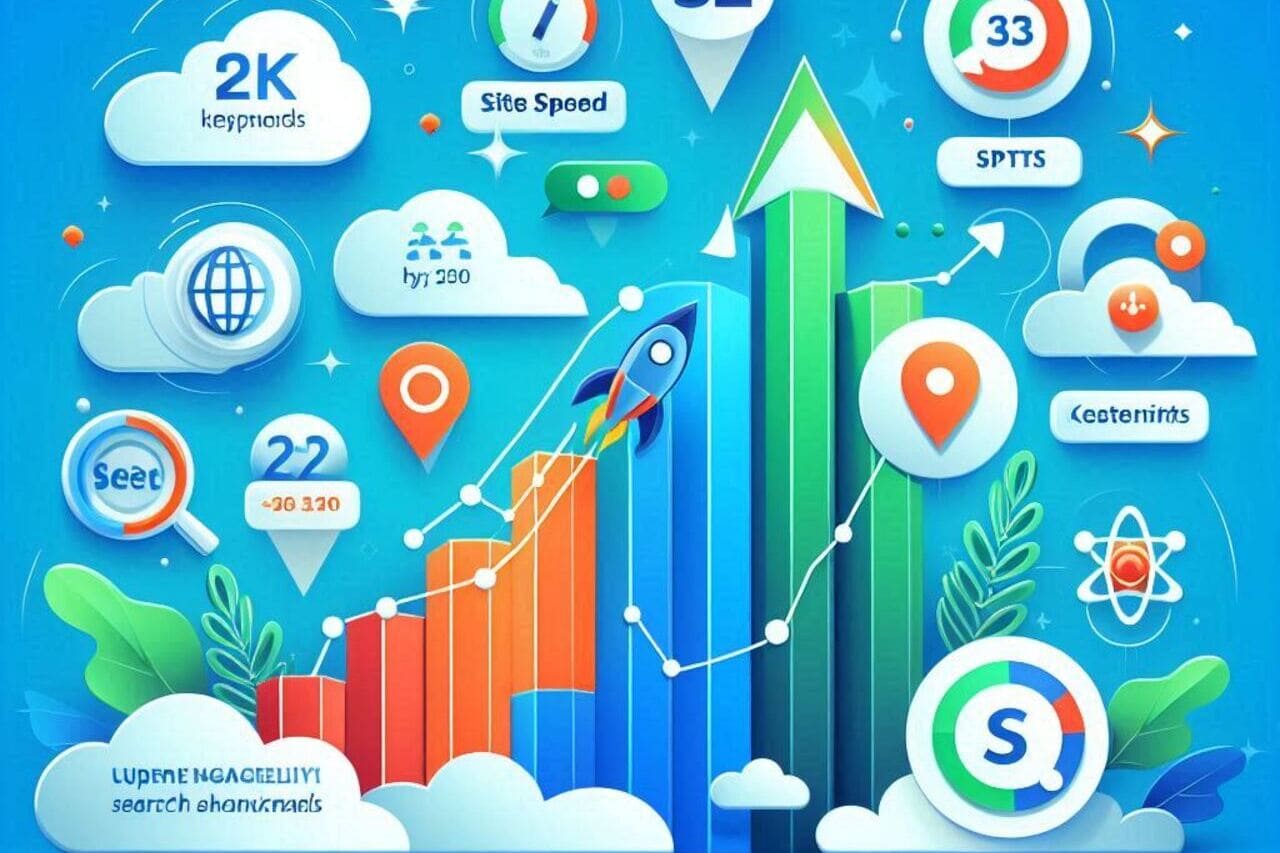On-Page SEO: Optimising Your Website for Search Visibility
Effective search engine optimisation (SEO) is crucial for any business looking to drive organic traffic and improve its online presence. While off-page SEO tactics like link building and social media promotion are important, on-page SEO lays the foundation for your website's discoverability and performance in search results. By optimising the content and HTML elements of your web pages, you can enhance your site's relevance and user experience, ultimately boosting your search rankings.
What Is On-Page SEO?
On-page SEO encompasses the practice of optimising individual web pages to rank higher in search engine results pages (SERPs) for specific keywords and queries. This involves fine-tuning various content and technical elements within the pages themselves, such as the page titles, headings, meta descriptions, image alt text, internal linking, and more.
Key On-Page SEO Elements
Content Optimisation
- Keyword Research: Identifying relevant keywords and phrases to target for each page.
- Visual Content: Incorporating relevant images, videos, and graphics to enhance the user experience and potentially drive traffic from image searches.
- Body Content: Crafting high-quality, informative content that naturally incorporates target keywords while providing value to the reader.
HTML Optimisation
- Page Titles: Crafting concise, descriptive titles that accurately represent the page's content and include the primary keyword.
- Header Tags: Utilising header tags (H1, H2, H3, etc.) to structure the content hierarchy and incorporate relevant keywords.
- Meta Descriptions: Writing compelling meta descriptions that entice users to click through from the search results.
- Image Alt Text: Providing descriptive alternative text for images to improve accessibility and potential image search visibility.
Site Architecture Optimisation
- URL Structure: Using descriptive, keyword-rich URLs that accurately reflect the page's content and hierarchy within the website.
- Internal Linking: Strategically linking to related pages within your website to improve navigation and distribute link equity.
- Mobile Responsiveness: Ensuring your website is optimised for mobile devices, as Google favours mobile-friendly sites.
- Site Speed: Optimising page load times, as site speed is a ranking factor for search engines.
Implementing an On-Page SEO Strategy
Conducting an SEO Audit
- Assessing your current on-page SEO performance by crawling your website and analysing elements like titles, meta descriptions, content, and site architecture.
Request a Free Website SEO Audit
Defining Your Site Architecture
- Organising your web pages into a logical hierarchy, ensuring each page has a clear purpose and target audience.
Optimising Page Elements
- Updating and optimising page titles, meta descriptions, content, images, and other on-page elements based on your SEO audit findings and target keywords.
Tracking and Monitoring
- Continuously monitoring your on-page SEO performance, making adjustments as needed, and tracking the impact on search rankings and organic traffic.
In conclusion, on-page SEO is an ongoing process that requires careful planning, implementation, and monitoring. By optimising the various elements within your web pages, you can improve your website's relevance, usability, and discoverability in search engines, ultimately driving more qualified traffic and potential customers to your business.
Looking for support with your on-page SEO? Learn more about our expert SEO solutions.
We've also got some more interesting blog posts to support you with your SEO. Read our blog posts on SEO topics.
Finally, if you're still not sure about choosing us as an SEO partner (we're not upset) checkout DesignRush, yes we're listed too!

%20What%20You%20Need%20to%20Know.jpeg)
